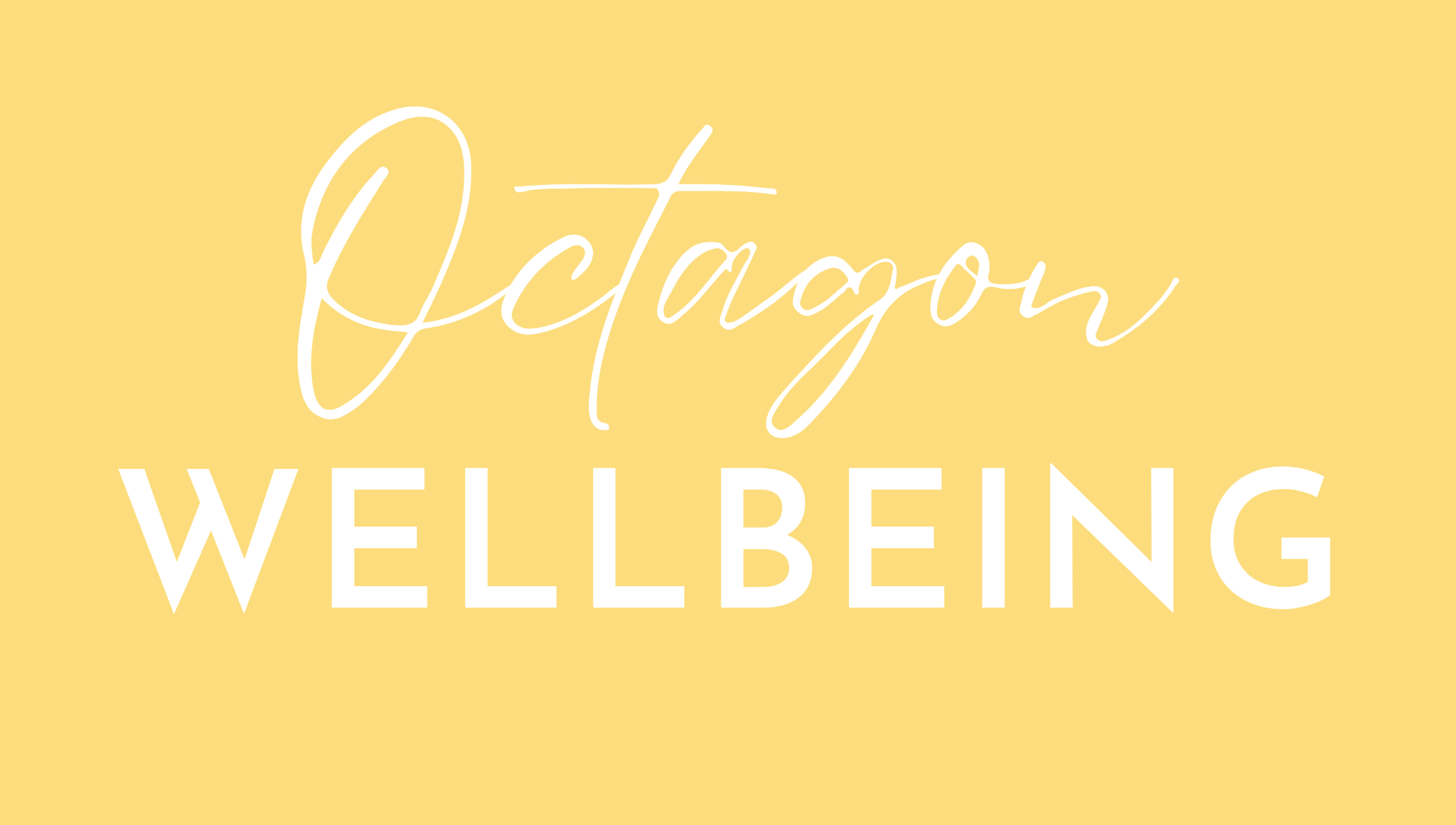Are you guilty of mindreading?
Posted on
What is mindreading?
There’s nothing mystical at all about this concept in the psychology world. Mindreading is a common thinking error that most of us engage in at some point in our lives. It's happening when we make assumptions about what someone else is thinking or feeling without any evidence to support it or even asking the other person. This is often the result of our own anxieties, fears, or insecurities, which leads us to believe that people are thinking the worst of us, make assumptions or jump to conclusions. This type of thinking can have a negative impact on our mental health, as it can lead to increased stress and anxiety. It can also lead to miscommunications and misunderstandings, which can cause problems with our relationships with others.
Why is mindreading a problem?
Assuming we know what someone is thinking or feeling is a dangerous game to play, as it can lead us down a path of negative self-talk and worry. We can quickly jump to conclusions about the motives and intentions of others, without having any evidence to support our beliefs. Mindreading is particularly harmful because it can lead to a vicious cycle of negative thoughts. If we assume that someone is thinking negatively about us, we may become self-conscious and begin to doubt ourselves. This can cause us to feel anxious or depressed, and may even cause us to withdraw from social situations altogether.
When might you be mindreading?
At work: You might assume that a co-worker doesn't like you because they didn't smile when you walked by their desk. Mindreading may convince us that they have actively chosen not to smile at us leading to a negative thought spiral even convincing ourselves we must have offended them. In reality, there could be a thousand other reasons why they didn’t smile at you: Perhaps they’re having a bad day, distracted by their work or maybe just didn’t see you. i
In relationships. We might assume that our partner is upset with us without any concrete evidence. We might believe that they're thinking negative thoughts about us, when in reality they might be completely unaware of our feelings. Perhaps one person in a relationship has forgotten to do a chore they said they would do, this may have been a genuine mistake but the other person assumes it has been done to be spiteful or hurtful.
In social situations: Mindreading can lead us to feel anxious and self-conscious. If eating alone in a restaurant we may feel self-conscious. We might assume that others are judging us, thinking that we are a loser with no friends. There is potential that this can make us withdraw from social situations or avoid them altogether, leading to feelings of isolation and loneliness. The reality when eating alone in a restaurant is that you may go unnoticed, or perhaps people are looking at you with envy at having such a calm and relaxing meal, or admiring how confident you are to seem completely at ease eating in a restaurant alone. When mindreading we tend to make assumptions and assume the worst, despite often having no evidence to support this.
By recognizing the common scenarios where mindreading occurs, we can start to challenge our negative thoughts, consider other possabilities and reframe our thinking. Instead of jumping to conclusions about what others might be thinking, we can focus on the facts and look for evidence to support our assumptions. This can help us to feel more confident and secure in ourselves, and improve our mental health overall.



